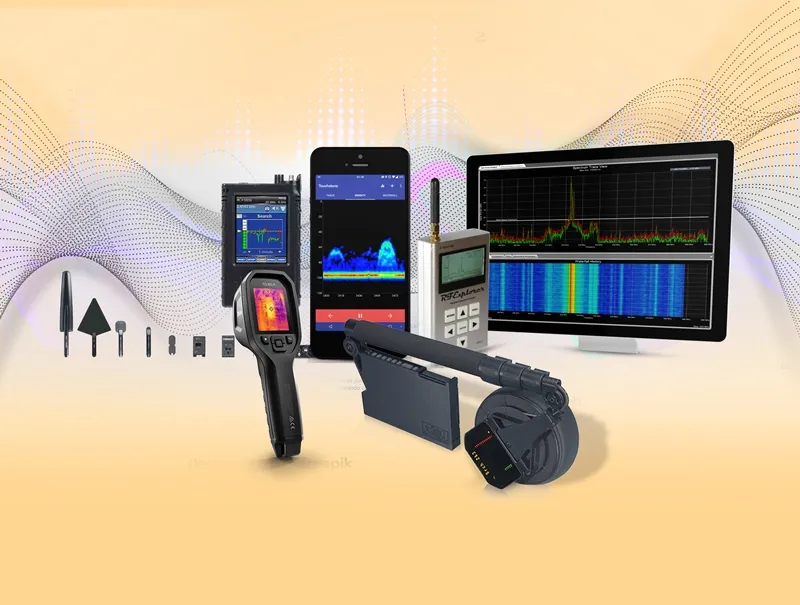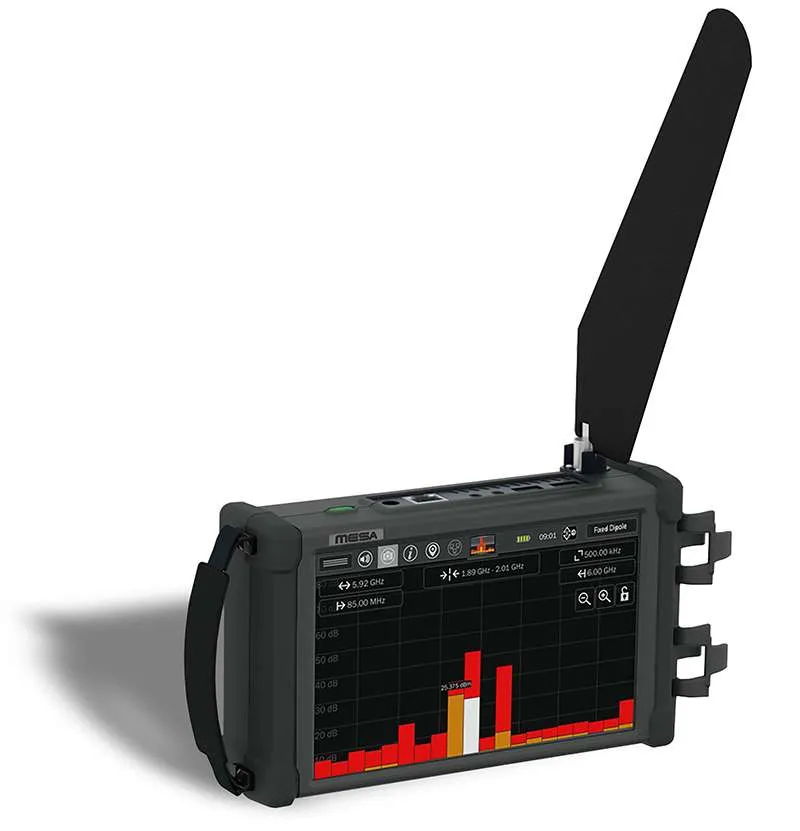In today’s interconnected and high-stakes business environment, safeguarding sensitive information is more crucial than ever. Technical Surveillance Countermeasures (TSCM) services, also known as bug sweeps, are professional investigations designed to detect and neutralize illicit surveillance devices. Whether you’re a corporate executive, a public official, or a private individual with security concerns, understanding how TSCM experts conduct a bug sweep can help you appreciate the depth and precision of the process.
This article outlines the comprehensive, step-by-step approach TSCM professionals take during a bug sweep—from initial assessment to final report.
Step 1: Initial Consultation and Threat Assessment
Before any technical work begins, a TSCM operation starts with a detailed conversation with the client to gather context:
- What areas are suspected of being compromised?
- Have there been any recent conflicts, investigations, or security breaches?
- Who has access to the space?
- What specific behaviors or incidents raised suspicion?
This initial briefing allows TSCM experts to tailor the sweep to the unique needs of the client and prioritize areas of concern.
Step 2: Physical Inspection of the Environment
A comprehensive physical inspection is performed in the suspected areas, including:
- Walls, ceilings, and floors
- Furniture, picture frames, and office decor
- Light fixtures, electrical outlets, and HVAC vents
- Office equipment, such as phones, clocks, computers, and printers
TSCM professionals look for irregularities, tampering, or suspicious objects that could conceal hidden microphones, cameras, or other transmitters.

Step 3: Non-Linear Junction Detection (NLJD)
An NLJD device detects electronic components in hidden devices—even if they’re turned off. This technology senses the unique semiconductor materials found in modern electronics, allowing professionals to locate bugs buried in walls, furniture, or ceilings without dismantling the entire area.
Step 4: Radio Frequency (RF) Spectrum Analysis
The RF spectrum is scanned to detect unauthorized transmissions. Surveillance devices often operate on radio frequencies, and this scan helps identify anomalies such as:
- Covert audio bugs
- Wireless cameras
- GPS trackers
Technicians use advanced spectrum analyzers and broadband receivers to spot any unusual signals or data transmissions.
Step 5: Infrared and Thermal Imaging
Thermal and infrared cameras help identify devices based on heat signatures. Active bugs or hidden transmitters may generate subtle amounts of heat, detectable through specialized equipment. This step is especially helpful for locating hidden devices inside walls or within electronic equipment.
Step 6: Acoustic and Ultrasonic Testing
Some surveillance devices pick up vibrations from windows, walls, or objects to reconstruct audio. TSCM experts use acoustic leakage tests to identify these threats. Specialized sensors and emitters are used to test surfaces and detect if audio is being transmitted or recorded through them.
Step 7: Telephone and Communication Line Analysis
Phone lines, VoIP systems, and intercoms are common targets for wiretaps. TSCM experts will:
- Analyze landlines and PBX systems for taps
- Test VOIP configurations for vulnerabilities
- Inspect junction boxes and wiring closets
They also check voicemail and message logs for signs of tampering or remote access.
Step 8: Wi-Fi and Network Forensics
Digital eavesdropping is increasingly common, and many bugs now operate over Wi-Fi or Bluetooth. TSCM specialists will:
- Scan for unauthorized devices connected to your network
- Inspect routers and access points for rogue configurations
- Check for malware or spyware on computers and mobile devices
Network traffic is analyzed for signs of data leaks or backdoors.
Step 9: Analysis of Smart Devices and IoT Products
Modern offices and homes are filled with smart devices: thermostats, assistants (like Alexa or Google Home), smart TVs, security systems, and more. These can be compromised or used for surveillance. A TSCM sweep includes reviewing device settings, firmware, and network behavior to ensure these devices aren’t transmitting sensitive information.

Step 10: Detailed Reporting and Risk Mitigation
Once all inspections are complete, the TSCM team compiles a comprehensive report. It includes:
- Devices or anomalies found
- Areas of vulnerability
- Technical readings and documentation
- Recommendations for enhancing security
If bugs are found, clients are advised on whether to remove, disable, or leave them in place for evidence collection, depending on legal strategy.
Step 11: Post-Sweep Recommendations and Follow-Up
The final step is strategic. Professionals will:
- Suggest long-term prevention tactics
- Provide training for staff on maintaining security
- Offer periodic re-sweeps in high-risk environments
Clients may also be offered upgrades to their physical and digital security systems, such as encrypted communications or secure facility design.
Why Use a Certified TSCM Expert?
Not all security professionals are trained or equipped for bug sweeps. TSCM experts typically come from backgrounds in law enforcement, military intelligence, or high-level cybersecurity. They are trained to use highly sensitive and expensive detection equipment not available to the general public.
Hiring a certified TSCM team ensures:
- Discreet and professional handling of confidential matters
- Accurate and legally defensible findings
- Full-spectrum threat detection (physical, electronic, digital)
Final Thoughts
Technical surveillance threats are real, evolving, and often invisible to the untrained eye. From corporate espionage to personal privacy invasions, the need for comprehensive bug sweeps has never been greater.
TSCM experts bring a scientific, multi-layered approach to uncovering these threats, empowering individuals and organizations to take back control of their environment. Whether you suspect surveillance or simply want to ensure peace of mind, a professional bug sweep is a critical step in defending your most sensitive information.
If you’re serious about security, don’t wait for a breach to occur—consult a TSCM expert and protect your space today.



